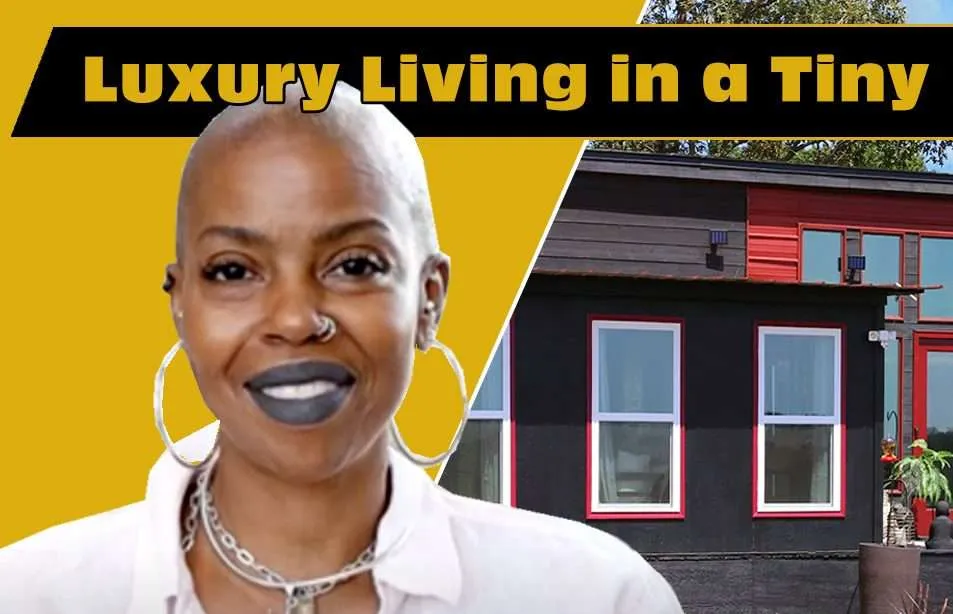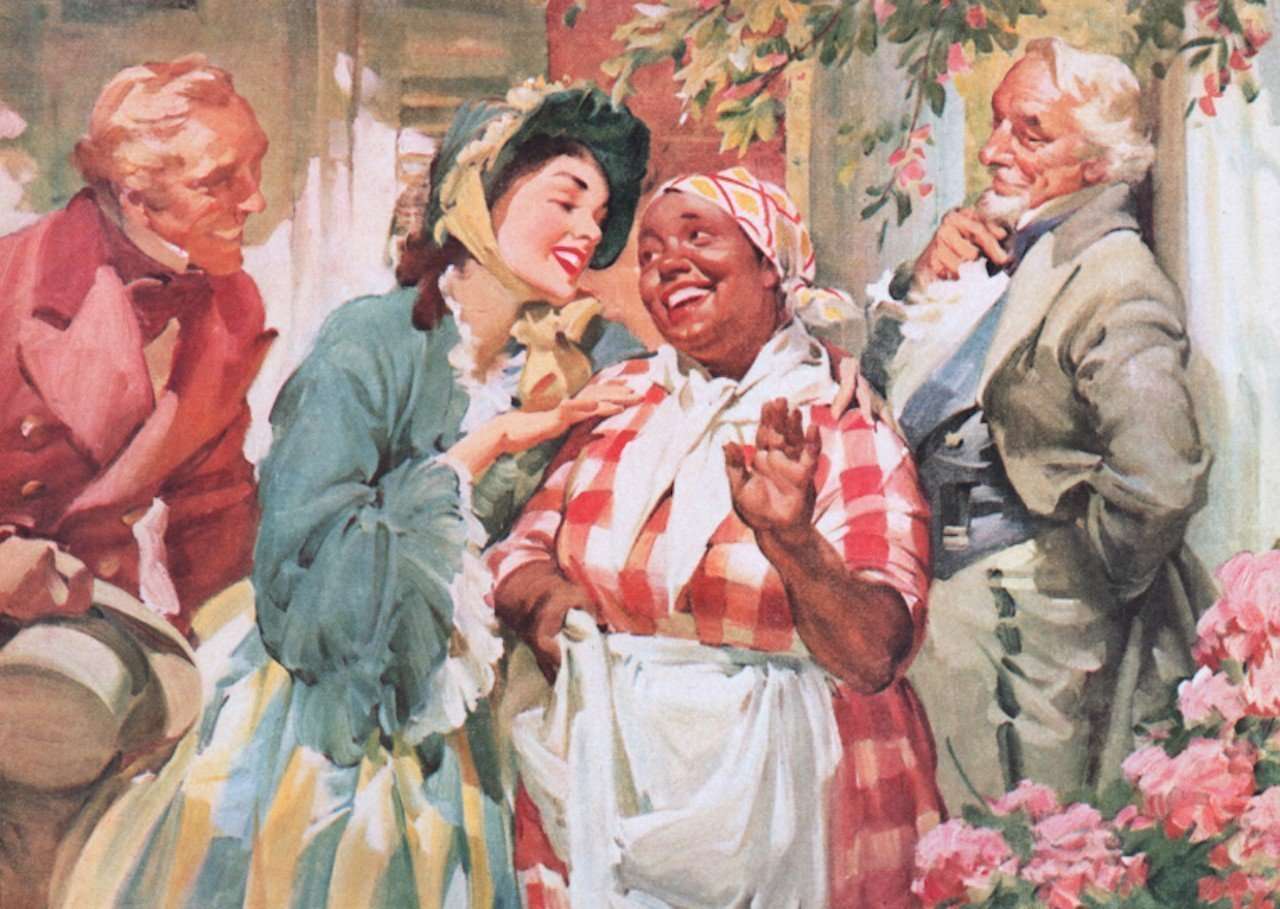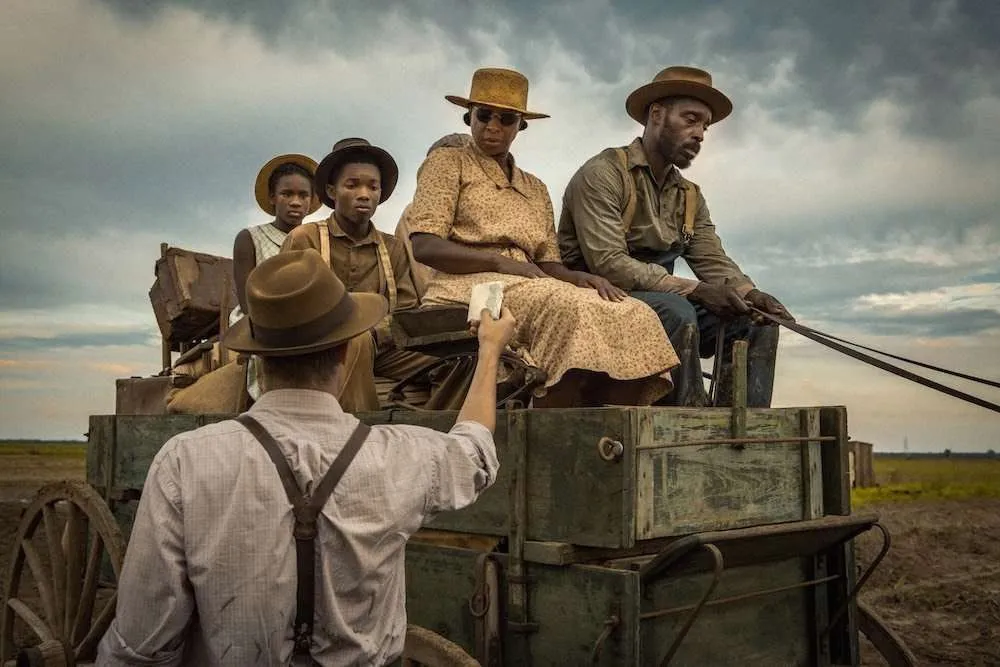Community
Black Nudity: Culture, Resistance, and Renaissance
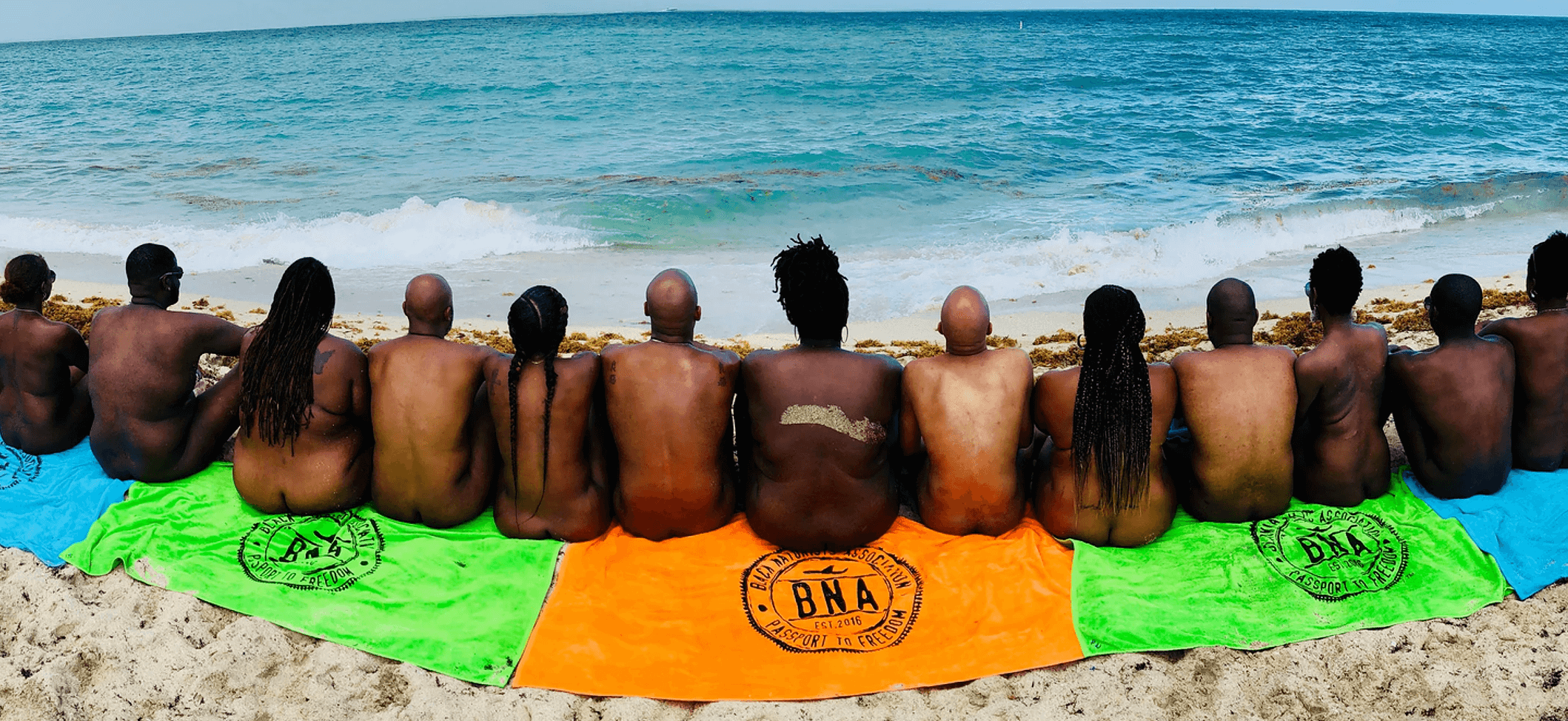
When you hear the word nudist, what do you think of? Do you imagine white hippies sun bathing in the nude at a secluded beach far, far away? Do you imagine those bodies being Black? Did you know a black nudist movement is a thing?
Nudity, of course, is a natural thing to all humans, regardless of race. But, nudity has a significant history attached to it when it comes to Africans. Before we look into the current Black nudist movement, let’s take a look at the history of nudity in the African culture.
Nudity in various African Cultures
Before the transatlantic slave days, nudity was widely accepted and celebrated in the African culture. African tribes such as the Igbo tribe in Nigeria, Karamajong tribe in Uganda and the Zulu tribe in South Africa usually went about their daily activities nude. These tribes did not view nudity as something to be ashamed of or suppressed. It was part of their culture.
The widespread nudity in ancient Africa could be attributed to the hot and humid climate of the tropics. Most ancient Africans engaged in jobs that involve manual labor. Thus nudity brought them a chance to cool off while engaging in their activities.
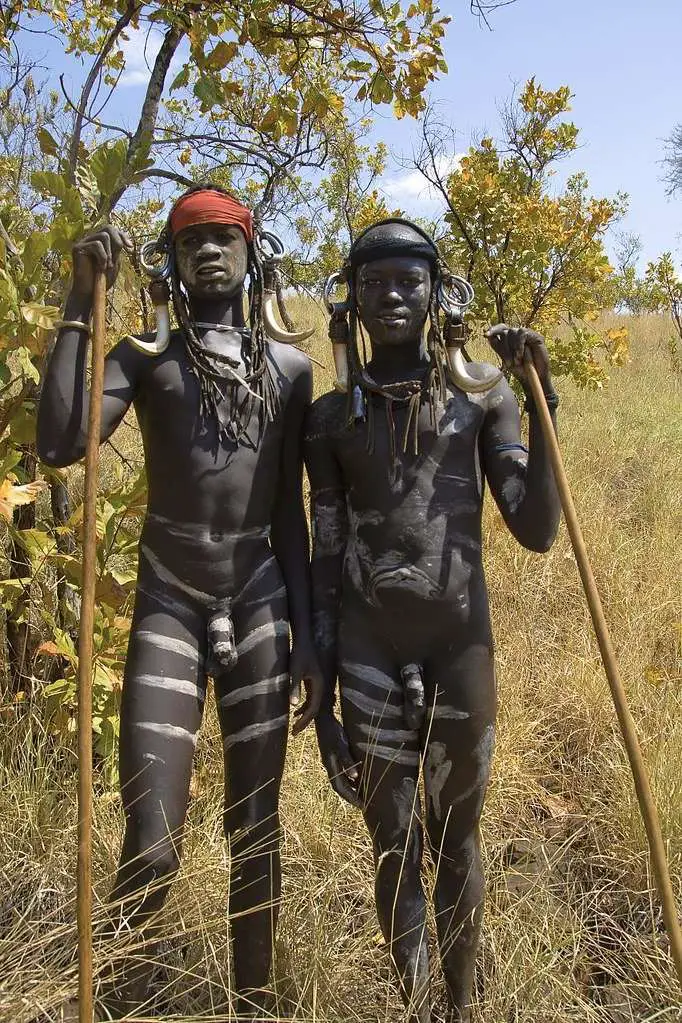
Also, in ancient Egypt, their young Egyptian Pharaoh Akhen-Aton made an open declaration for the practice of nudity as a way of attaining spiritual and physical advancement. Stories support the claim that he and Queen Nefertiti were often nude in the palace.
However, once the slave trade and religion crossed the Atlantic sea and found their way in Africa, things became different. Nudity came to be seen as something sinful and shameful.
European explorers had a view that the lack of clothing they discovered in Africa was primitive. Also, colonizers made a hypocritical distinction between nudity in European art and the nudity of Africans. They wrongly depicted African nudity as uncivilized and racially inferior.
African descendants who found themselves in Europe and The Americas as slaves were made to cover up themselves and taught to view their nudity as barbaric and uncivilized. Subsequently, this lead to the steady decline of nudity among Blacks all over the world.
RELATED: 15 Historical Black Sitcoms
Nudity as a form of Resistance
Despite the backlash Black nudity received from Westerners, nudity has been used as a form of resistance by Blacks worldwide.
Nudity sends a powerful message. Nudity says, “See me as I am, accept me as I am.”
Therefore, it comes as no surprise that nudity has been used as a form of protest by Blacks worldwide. In African society, a woman stripping naked in a public setting is a grave matter. It is meant to bring shame and a curse upon the person who has brought all of this suffering on her.
Quite interestingly, Black women have been pioneers in Black nudity as a form of protest. Here are some historical examples of nude protests by Black women.
Aba Women’s Riot of 1929
The Aba Women’s Riot, which occurred in 1929, lasted for two months. A group of market women from the Igbo tribe in South Eastern Nigeria organized the protest. These women mounted resistance against the British government’s excessive powers and the indigenous warrant chiefs during colonization.
The exploitative tax policies which affected these women triggered the resistance. In Igbo tradition, women were not supposed to pay tax.
Nonetheless, the British government did not respect the tradition of the Igbo people. The Igbo women pleaded with the colonial government to respect their tax-exempt status, but the request was ignored.
The rebellion started in a town called Oloko. It began when a representative of a warrant chief went to tax a widow. The widow refused to oblige, which led to an argument, which ended with a warrant officer assaulting her. She then went on to rally other women in the town square. Her story prompted women from other villages to join her village in the protest that lasted for two months.
Approximately 10,000 women were a part of the Aba Women’s protest. They protested naked and half-naked to challenge British colonial authorities. It was the highest form of resistance the British colonial government witnessed in Nigeria.
RELATED: Blaxican: History and Significance of Blacks in Mexico
Women for Liberia Mass Action for Peace
Leymah Gbamee, one of the leaders who helped start the movement, received a Nobel Peace Prize in 2011. In 2003, she mobilized many women to call on the delegates present at the Accra negotiations.
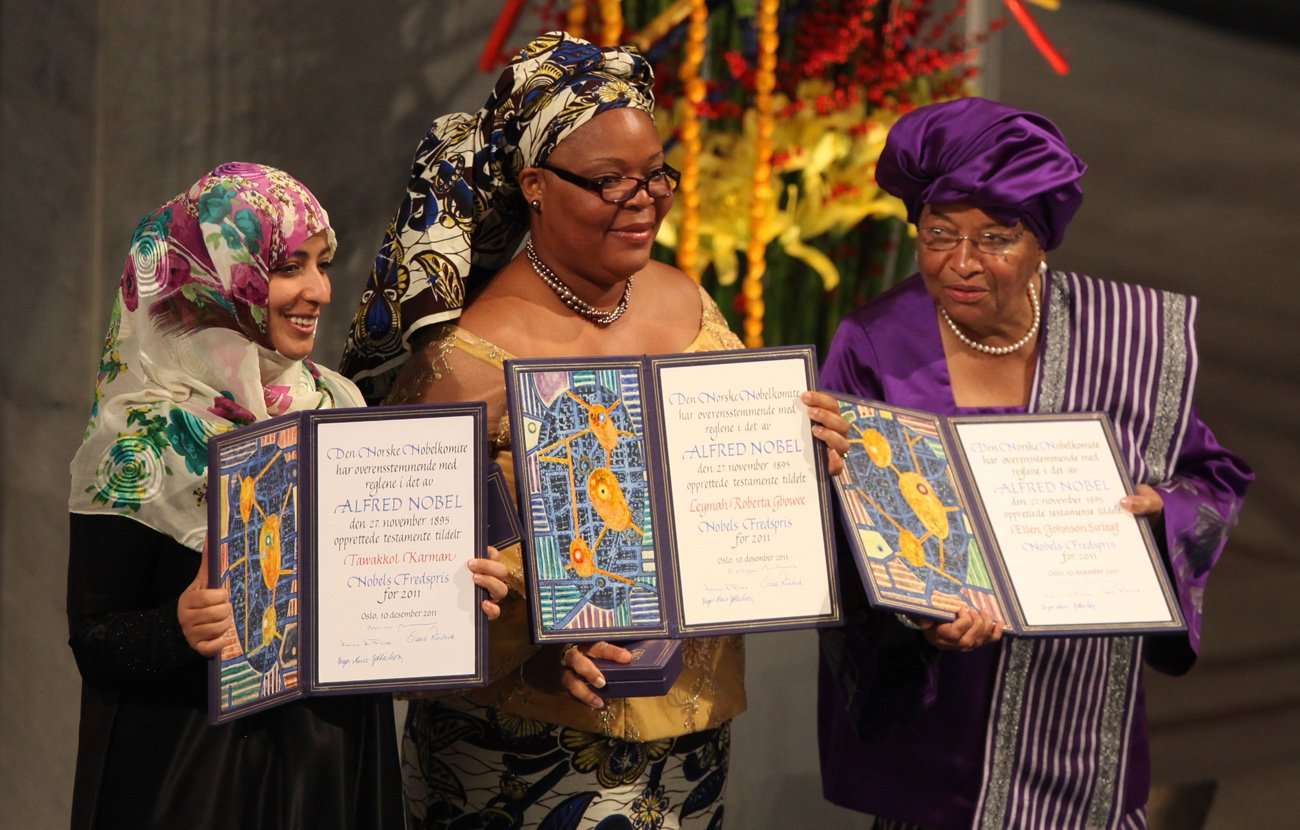
The group of women demanded that the representatives sign the Peace agreement reached at the Accra negotiations as soon as possible. They threatened to strip naked if their demands were not taken seriously.
They were able to compel the delegates to reach an agreement at the peace negotiations. The delegates were scared at the thought of seeing one’s mother strip naked.
The idea of using nakedness to bring shame and a curse upon people who are oppressing you worked in favor of the women as a tool of resistance.
San Francisco Topless Protest
More recently, in 2015, a group of Black women staged a topless protest in San Francisco. The topless protest aimed to draw attention to the killing of Black women and children by the police.
https://twitter.com/CharleneCac/status/601800552142503936
Protesters were found holding signs with the hashtag #SayHerName. Protesters also held names and pictures of dead Black women who were victims of police brutality.
One of the protesters, Chinyere Tutashinda, said: “We also understand that we live in a country that commodifies Black women and Black bodies.” The protest sent a message that Black bodies were not commodities but should be respected.
Censorship and Black Nudity
In modern times, censorship by most social media outlets has made Black nudity more difficult to express. Black nudity is often symbolic and cultural.
However, because most people view nudity sexually, it is difficult for most people to portray their nudity on social media outlets. An example of such a scenario is the case of popular South African TV presenter, Ntando Duma.
In Zulu culture, a woman honors her Umemolo with her family at the age of twenty-one. Umemulo is a way for a virgin woman to show she is available for marriage.
The participants of the ceremony wear traditional attire, which involves them going almost completely topless.
Ntando Nduma celebrated her Umemulo in 2016 at her hometown in Orange Farm. The TV star shared pictures of the ceremony with her more than a million followers on Instagram.
Unfortunately, due to Instagram’s rules on nudity, the pictures were censored. In one of her captions, the TV star wrote, “This is not nudity, it’s culture.”
Black Nudity in 21st Century
Not surprisingly, nudity has not been fully outlawed in some parts of Africa. There are still special occasions where nudity is displayed and celebrated.
One of such occasions is the stick-fighting tournaments in Ethiopia. Another example of such an occasion is the Umkhosi Womhlanga by the Zulu and Swazi, in which young girls who have come-of-age dance bare-chested.

In the west, organizations like The Black Naturalist Association, are trying to promote the nudist lifestyle and all the benefit that comes with it.
Social media has fueled the drive to de-stigmatize Black nudity. Various stars like Lizzo have posted nudes of themselves to promote body positivity.
It looks like black nudity as a form of resistance and celebration is here to stay.



